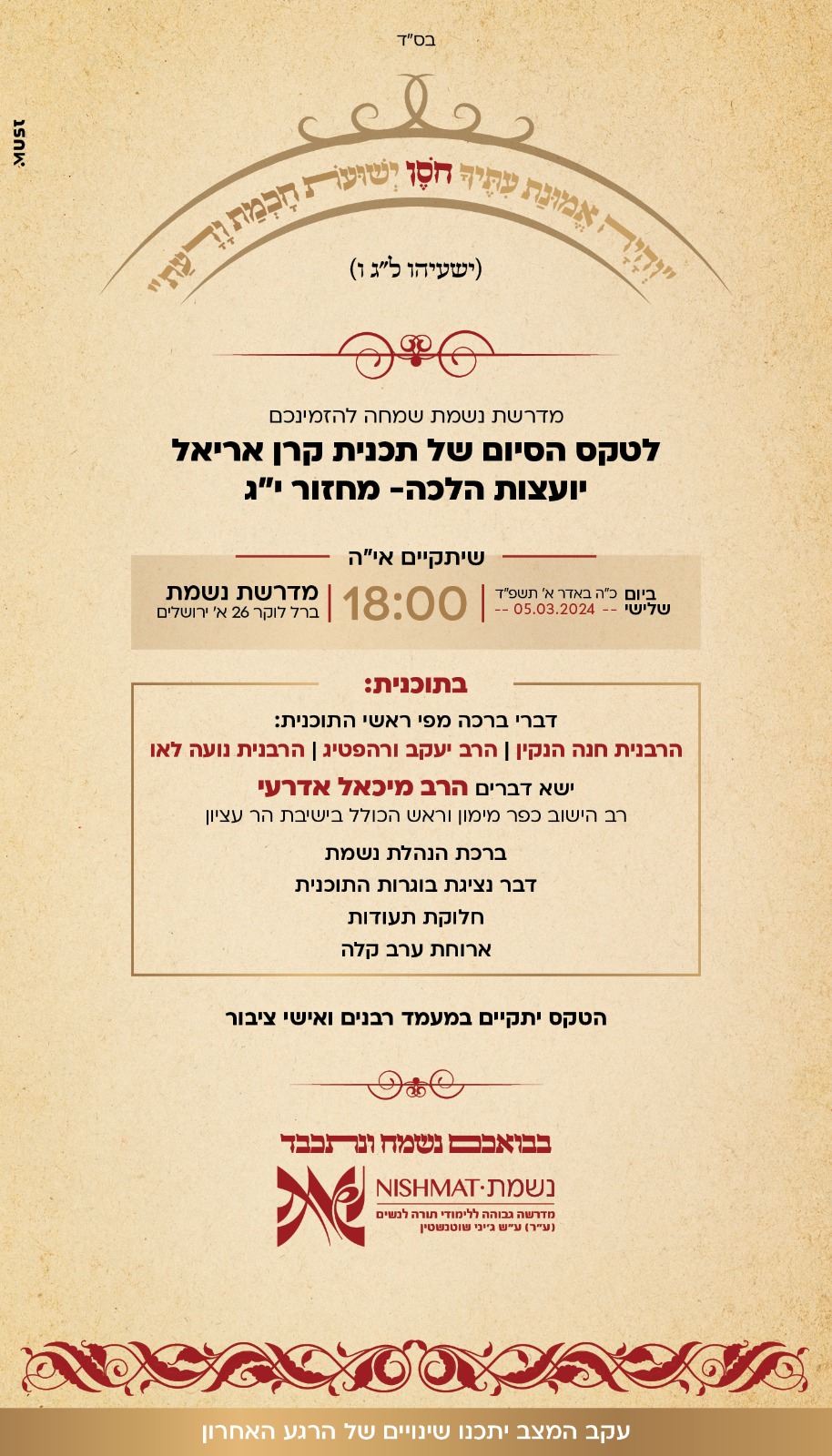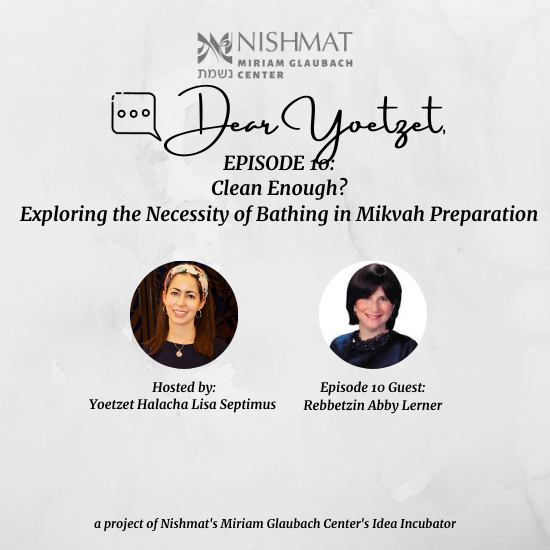Defining white & colored underwear
12 June, 2006
 Question:
Question:Thank you very much for such a wonderful and comprehensive website.
I have a question regarding underwear during the "seven clean days". I've been wondering what is the status of partially white underwear as in the following examples:
1) Colored on the outside, but completely white lining inside
2) Only the crotch area has white lining
3) The other way around: the crotch area is colored like the outside of the panties, while the rest of the inside is white
4) Outside is colored, but there is no thick lining inside so it's not purely white (you can see colors of the outside).
Which ones of these I can wear during clean days, if any, and which ones are safe to wear when I am tahara?
Forgive me if it sounds as a silly question (why not to simply get only white or only colored underwear?!), but I already have a variety of it and enjoy buying different styles, so I continue being in doubt. What would you say?
Thank you very much!
Answer:A stain without hargashah on a colored surface does not render a woman niddah. So we generally advise wearing colored undergarments when a woman is not in niddah.
White undergarments are required during the seven clean days. If a woman does not have a clean pair of white underwear, she can wear stain-free underpants of a different color -preferably light– until the white becomes available. The following is a discussion of best practice, to keep in mind when purchasing or laundering underwear in preparation of the clean days or choosing underwear on the clean days.
1) Underpants completely lined with white would have the status of a white undergarment. The lining in this case would be considered the undergarment and the colored layer an additional layer. Such an undergarment would be suitable for the clean days.
Turning such an undergarment inside out for when you are tehorah is not a good idea, since a stain could easily soak through to the white. (This goes for some cases below as well).
2) These are not useful from a halachic perspective. They would not be adequate for the clean days, unless very tight fitting, since underpants can shift around and blood might fall on a colored area and go unnoticed. But a stain on the white area would be treated as a stain on a white garment. Thus, these underpants would not help you avoid stains when you are not in niddah.
3) Since the crotch area is colored, this undergarment would not be suitable for the clean days. Although the colored area would be helpful with regard to stains when you are tehorah, you would be taking the risk that a spot on the undergarment if it should shift, could land on the white part (where it could render you niddah). These might be most appropriate for times when you are confident that you will not stain.
4) If the lining is separate and could be pulled apart from the outside, it would be no different than 1.
If the lining cannot be pulled apart, it would not be appropriate for the clean days, since it does not appear white and it would be impossible to accurately evaluate a stain's color. Since there is a white layer, it also would not be considered a colored surface for stains.
If it is not a separate lining, just the inside of a colored garment, how to evaluate it would depend on its exact shade. If the inside is white or off white with no hint of other tint, you could treat it as a white undergarment and use it on the clean days (and not wear it when you're tehorah). If it were tinted another color, you would treat it as a colored undergarment. Note, however, that some authorities hesitate to treat pastels as colors when it comes to evaluating stains.
This internet service does not preclude, override or replace the psak of any rabbinical authority. It is the responsibility of the questioner to inform us of any previous consultation or ruling. As even slight variation in circumstances may have Halachic consequences, views expressed concerning one case may not be applied to other, seemingly similar cases. All health and health-related information contained within Nishmat's Women's Health & Halacha Web site is intended to be general in nature and should not be used as a substitute for consulting with your health care professional. The advice is intended to offer a basis for individuals to discuss their medical condition with their health care provider but not individual advice. Although every effort is made to ensure that the material within Nishmat's Women's Health & Halacha Web site is accurate and timely, it is provided for the convenience of the Web site user but should not be considered official. Advice for actual medical practice should be obtained from a licensed health care professional.
For further questions or comments: 
The Nishmat Women's Health and Halacha Site is a public service of Nishmat, The Jeanie Schottenstein Center for Advanced Torah Study for Women. This project and others like it are made possible by contributions from people like you. If you have benefited from the service, and wish to enable us to help others, click here to donate.
Users of Internet filtering services: This site discusses sensitive subjects that some services filter without visual indication. A page that appears 100% complete might actually be missing critical Jewish-law or medical information. To ensure that you view the pages accurately, ask the filtering service to whitelist all pages under yoatzot.org.






 Question:
Question:






